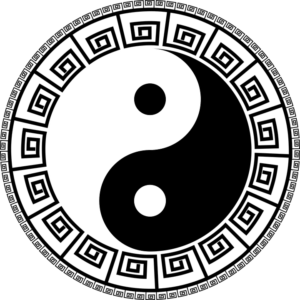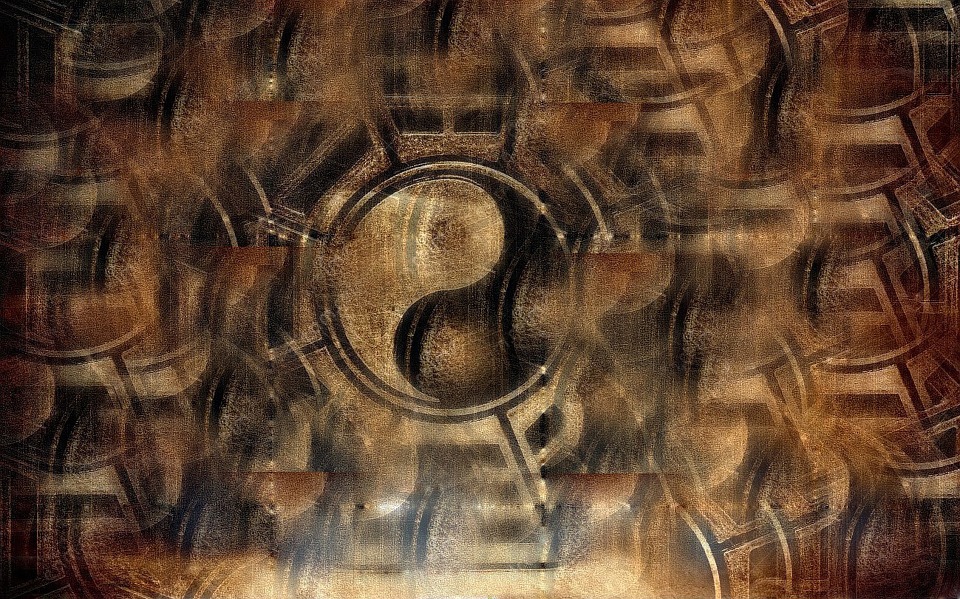The Delicate Balance of Yin and Yang Has Been Broken
The Yin and yang could be a very difficult concept to understand to us because western philosophy is based on the theory of duality, which denote eternal opposition. In our dualistic perception of the world, there is evil and good, light and dark, life and death, truth and false, left and right, moral and unmoral, heaven and hell, Jesus and Lucifer.
The Perfect Balance
Conversely, in eastern philosophy, there is not a supreme good or evil. There is not or like in western philosophy, where something is right or wrong. Things are not opposed; they complement each other, trying to find a perfect balance. In this sense, the eastern perception of the world is more natural, more organic. Therefore, the yin and yang are two primordial forces controlling the whole of the universe according to Taoism. Together, yin and yang, make a whole, neither one is more important than the other or better than the other.
The dark and light of the yin and yang represent the masculine and the feminine. The light (yang) is masculine, which represents intelligence, logic, action, aggressiveness, strength. The dark (yin) is the feminine that represents passion, emotion, inaction, softness, weakness. Yin and yang symbolize the ideal harmony between logic and passion, aggressiveness and weakness, action and inaction, in other words, it represents a delicate balance between light and dark. When they are equally present, all is calm. When one is outweighed by the other, there is confusion and disarray.” For instance, too much light could blind the eye, like too much action could cause a disaster (for example, too much wind could cause a tsunami),
Symbolize the principle of complementation.
Yin is white with a small circle of black and yang is black with a small circle of white, which represents the belief that there are two sides to everything, all things carry yin yet embrace yang. In this sense, for Taoism, if there were no yin, there would be no yang and if there were no yang there would be no yin. So, there is no light without darkness, there is not life without death, it is no good without evil.
 All of them are opposite concepts but at the same time, they complement each other. If one disappears the other too. For instance, if there were no light, what would be dark? Without ugliness, what would be a beauty? If there were no souls, would there be bodies? Without noise, what would be silent?
All of them are opposite concepts but at the same time, they complement each other. If one disappears the other too. For instance, if there were no light, what would be dark? Without ugliness, what would be a beauty? If there were no souls, would there be bodies? Without noise, what would be silent?
Another strong belief behind the yin and yang symbol is that we will reach the balance associating opposites when yin dominates yang or vice versa, we are in chaos and have to find the harmony between them again. Unfortunately, our western culture has broken this harmony and everything seems being dominated by the yang. It is to say, the rational dominates the emotional. Thus, science is the enemy of spirituality, materialism dominates mysticisms, respect for nature is an adversary of the progress, war prevails to peace, the extinction dominates life. The question is how to restore the balance? How to make this world a better and harmonic place to live? According to the yin and yang concept, only through the perfect union of these two forces, we could correct our mistakes.
“Taoism,” at: http://ssd1.cas.pacificu.edu/
Tao Te Ching, by Lao-Tzu complete online text at http://www.wright-house.com/religions/taoism/tao-te-ching.html





